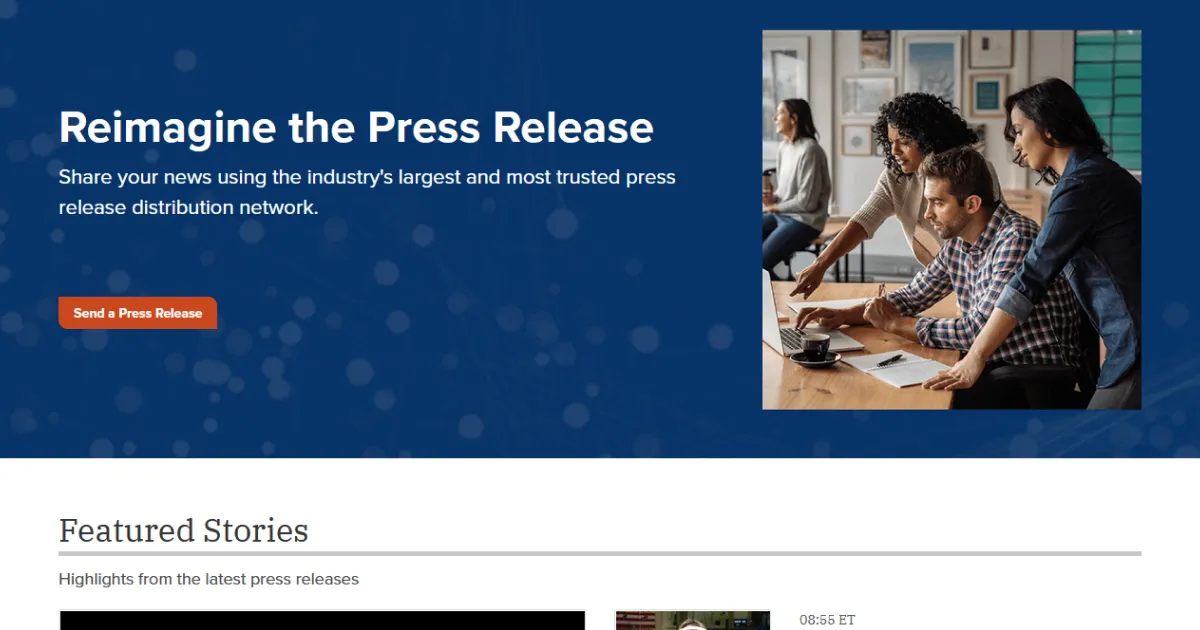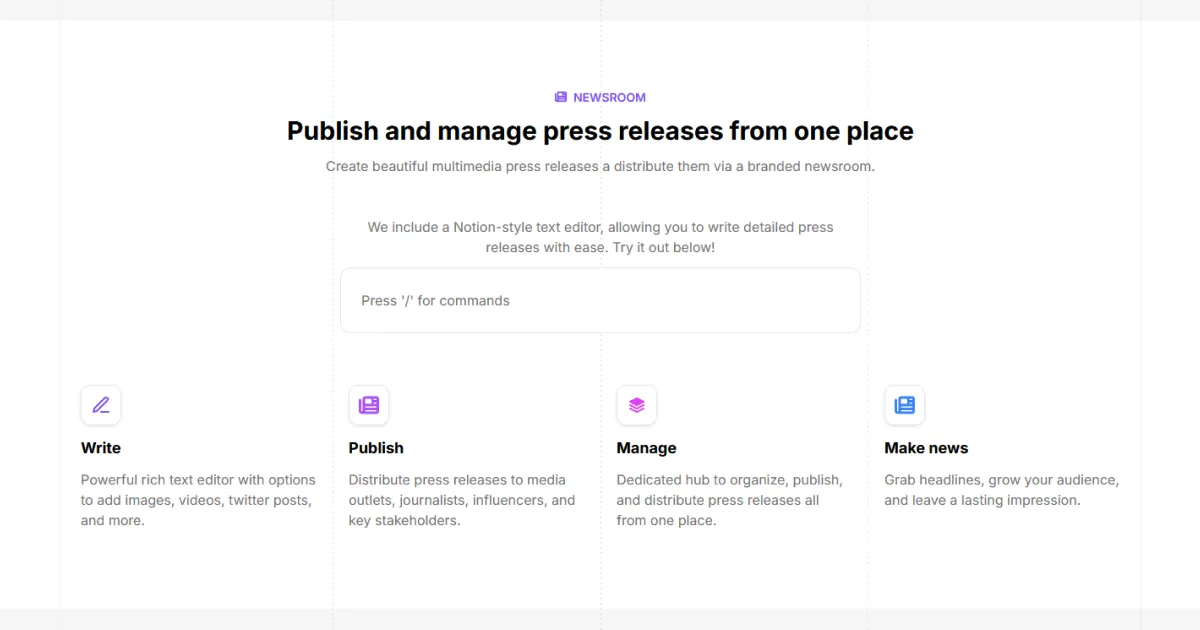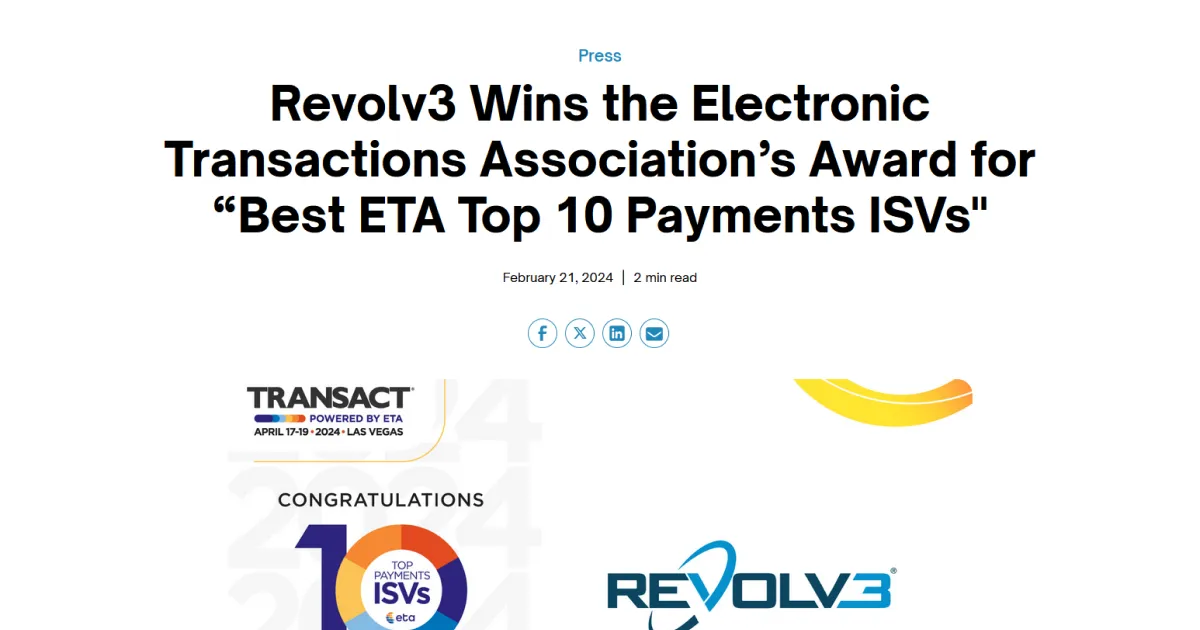April 7, 2025• 10 min read
How to Write a Press Release (Templates, Tips, & Examples)
Written by: Grant Oganyan
- How to Write a Press Release (Templates, Tips, & Examples)
- What is a press release?
- Press release format
- How to write a press release
- Identify your target audience
- Craft a newsworthy headline
- Provide more information with your subhealine
- Include a dateline
- Write a short introduction
- Provide details of your announcement in the body
- Include a credible quote
- Add company info in the boilerplate
- Include contacts for media inquiries
- How to distribute a press release
- Use a distribution service
- Direct outreach to journalists
- Publish press release on your website
- Press release template
- Press release examples
- General news & public announcement
- Event & conference announcements
- Non-profit & charity announcements
In this guide, we’ll break down how to write a press release, and will provide ready-to-use templates and real-world examples to get you started.

Press releases are a powerful tool for getting your news in front of journalists, media outlets, and the public. Whether you're announcing a product launch, company milestone, event, or partnership, a well-crafted press release can help you control the narrative and spark interest from the right audience.
But writing one that actually gets picked up takes more than just putting together a few paragraphs.
In this guide, we’ll walk you through everything you need to know about writing a press release. We’ll cover what to include, how to format, and how to distribute your press release.
We’ll also provide provide plug-and-play templates, and share real examples to help you get inspired and hit the ground running.
What is a press release?
📢 A press release is an official statement issued to the media to announce something newsworthy, such as a product launch, event, or company update.
It’s a concise, written communication designed to inform journalists and editors, making it easier for the press to cover your story.
Press releases follow a standard format and are typically written in a professional, objective tone. While originally meant for traditional media, they’re now also used to boost SEO, gain online coverage, and share updates directly with your audience.
Press release format
A press release should follow a standard format that helps journalists immediately find what they are looking for.
Here are the elements of a standard press release:
Headline - A clear, attention-grabbing title that summarizes the news.
Subheadline - A short sentence that adds context or a secondary angle to the headline.
Dateline - The city and date where the news is being released.
Introduction - The opening paragraph answering the who, what, when, where, and why.
Body Paragraphs - Additional details, background information, quotes, and supporting facts.
Quote - A statement from a company spokesperson or key stakeholder that adds a personal or expert perspective.
Company info (boilerplate) - A short “About” section that gives a quick overview of your company or organization.
Contact Information - Name, email, phone number, and other relevant details for media inquiries.

This format is the industry standard, and it's what journalists and editors expect when reviewing press releases. Sticking to this structure makes it easier for them to quickly identify the news value of your announcement, pull quotes or details for their stories, and decide whether it’s a fit for coverage.
How to write a press release
Identify your target audience
Before you start writing your press release, it’s important to identify your target audience.
While press releases are primarily written for journalists and media outlets, you should also consider the end readers, potential customers, investors, or community members, who may come across your news online.
Understanding who you’re trying to reach will help you shape the tone, language, and content of your release.
Tailor your message to highlight what’s most relevant to your audience, so your announcement resonates beyond just the newsroom.
Craft a newsworthy headline
Your headline is the first thing journalists and readers will see, so it needs to be clear, concise, and newsworthy.
Aim to summarize the core of your announcement in one compelling sentence, think of it like a headline you’d see in a news article. Use strong, active language and focus on the most impactful aspect of your story, whether it’s a product launch, milestone, or partnership.
💡 Tip: Avoid hype or vague wording; instead, be direct and informative to immediately capture attention and communicate value.
Provide more information with your subhealine
After your headline grabs attention, your lead (subheader) should immediately deliver more context and value.
This short paragraph serves as a bridge between your headline and the body of your press release, giving readers a quick snapshot of the most compelling points. Use it to highlight key facts, such as what the announcement is, who’s involved, why it matters, or what makes it timely.
Subheadline is your chance to make sure that even a skim reader walks away understanding the core message of your news.
💡 Tip: Don’t tease or withhold information. Use your lead to front-load the most relevant and impressive details.
Include a dateline
The dateline is a small but important detail that tells readers when and where your press release is being issued.
The dateline typically appears at the beginning of the first paragraph and follows a format like "NEW YORK – April 7, 2025" to immediately ground the news in a specific time and place.
Including a dateline helps establish credibility and context, which are both important for journalists looking to report timely and relevant stories.
Write a short introduction
Your introduction is the first paragraph of the body and should quickly and clearly answer the essential questions: who, what, when, where, and why. This section sets the stage for the rest of your release by providing the core facts of your announcement in a concise, straightforward way.
Think of it as the “elevator pitch” of your news, if someone only reads this paragraph, they should walk away with a solid understanding of what’s happening and why it matters.
💡 Tip: Keep your introduction to three to four sentences max—clarity and brevity are key.
Provide details of your announcement in the body
The body of your press release is where you dive deeper into the story, expanding on the information you introduced earlier.
Use this section to provide background, context, supporting data, or any relevant milestones that help explain the “why” behind your announcement. You can also address how this news impacts customers, the market, or your industry.
Breaking the body into one or two short paragraphs makes it easier to read and digest, especially for busy journalists skimming for details. Follow this guide from Purdue for more details.
💡 Tip: Stick to the facts and avoid overly promotional language. Let the significance of your news speak for itself.
Include a credible quote
Including a quote from a key spokesperson, such as a company executive, founder, or subject-matter expert.
A good quote should offer insight, perspective, or emotion that goes beyond what the rest of the release communicates. Rather than repeating facts, use the quote to show why the announcement matters, what it means for your audience, or how it aligns with your company’s mission.
This not only enriches the story but also provides journalists with ready-to-use material for their own coverage.
💡 Tip: Avoid overly scripted or generic quotes. Aim for something authentic, specific, and relevant.
Add company info in the boilerplate
The boilerplate is a short “About” section that appears at the end of your press release, offering a concise summary of your company or organization.
It should include key facts like what your company does, when it was founded, where it's based, and what makes it unique or noteworthy in your industry. This section gives journalists the background they need to understand who you are and why your announcement is relevant.
💡 Tip: Keep your boilerplate to one short paragraph and reuse it across releases for a consistent brand message.
Include contacts for media inquiries
At the end of your press release, always include clear contact information for media inquiries so journalists know exactly who to reach out to for more details, interviews, or quotes.
This typically includes the name, title, email address, and phone number of your PR representative, marketing lead, or company spokesperson. Making this information easy to find and up to date builds trust and makes it more likely that a journalist will follow up or cover your story.
If you're working with an external PR agency, include both the agency and company contacts when relevant.
💡 Tip: Keep it simple: just include a name, email address, and phone number so reporters can quickly get in touch.
How to distribute a press release
Once your press release is written and polished, the next step is getting it in front of the right people. There are several effective ways to distribute a press release, depending on your goals, audience, and budget.
Use a distribution service

One of the most common methods is using a press release distribution service like PR Newswire, Business Wire, or GlobeNewswire. These platforms help you reach a wide network of journalists, media outlets, and industry-specific publications.
They also offer additional benefits like SEO optimization, tracking, and placement in trusted news feeds. While these services often come with a cost, they can be highly effective for high-profile announcements or broad exposure.
Direct outreach to journalists
Another option is direct outreach: sending your press release to a curated list of journalists, bloggers, and editors who cover your industry. This approach can be more personal and targeted, increasing your chances of getting meaningful coverage.
When reaching out, write a short, customized pitch that explains why your story is relevant to their audience and include the press release either in the email body or as an attachment.
Publish press release on your website
You can also publish your press release on your company’s website, especially in a dedicated “News” or “Press” section. This helps with SEO, ensures it’s publicly accessible, and makes it easy to share across your own channels like social media or email newsletters. I
If you don’t already have a press section, tools like Pressdeck make it easy to create a branded press kit with a built-in newsroom where you can publish and organize all your press releases in one place.

From there, you can easily share the link across your own channels, like social media, email newsletters, or even in direct outreach to reporters.
Press release template
[Press Release Title Goes Here – Clear, Concise, and Newsworthy]
[Subheadline - a short sentence that expands the headline with more context]
[CITY, STATE, COUNTRY - Month Day, Year] - Your opening paragraph should answer the five W’s: who, what, when, where, and why. This is your introduction, summarizing the most important details of your announcement in three to four sentences.
The body of your press release should provide supporting information, background context, and relevant details. You might include data, key milestones, or any other information that helps explain the “why” behind your news.
Include a compelling quote from a key spokesperson, such as a CEO, founder, or subject-matter expert, that adds a personal or expert perspective to the announcement. Make sure the quote provides insight, enthusiasm, or vision, rather than just repeating facts.
Continue with additional body paragraphs as needed. You can expand on the impact of your announcement, provide customer or market context, or describe future steps or initiatives.
About [Your Company Name]
[Your Company Name] is a [brief description of your company, what you do, when you were founded, where you're based, and what sets you apart]. For more information, visit [your website URL].
Media Contact
[Full Name]
[Email Address]
[Phone Number]
Press release examples
General news & public announcement

Revolv3's press release follows the standard press release structure, beginning with a clear headline and dateline, and providing essential details about the award and its significance.
The inclusion of quotes from CEO Frank Arellano and CPO Robert Podlesni adds personal insights and credibility, while the boilerplate offers a concise overview of the company's mission and services.
Event & conference announcements

KiTbetter's press release effectively announces its involvement in SXSW 2025, detailing multiple activations including sponsoring FLOODfest's 10th anniversary, hosting a VIP artist brunch, and maintaining a convention booth.
The release follows a clear structure with a compelling headline, informative subheadings, and a concise boilerplate about the company. Including specific event details and artist lineups adds depth, while the media contact information ensures accessibility for further inquiries.
Non-profit & charity announcements

WWF's press release effectively communicates the findings of their research on the often-overlooked benefits that wildlife provides to human societies.
The release is well-structured, beginning with a clear and informative headline, followed by a concise summary that addresses the key points of the study. Incorporating quotes from lead researchers adds credibility and a personal perspective, while the inclusion of contact information ensures that media representatives can easily reach out for further details.
Create an online press kit
Make it easier for anyone to learn about your product with Pressdeck






